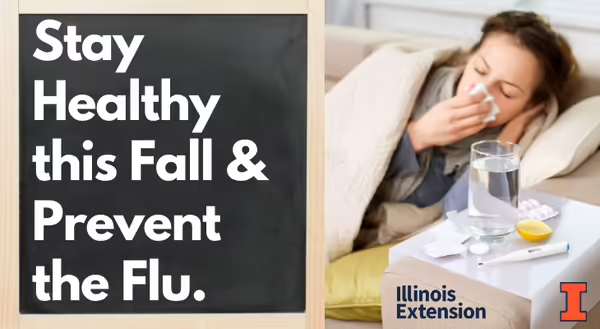
Fall is a welcome time of year for many. The beautiful colors, the cooler temperatures, lower humidity levels, and the comforting fall flavors are all reasons to get excited about this time of year. However, with the changing of the season, we must keep our eyes on our wellness goals. October is Healthy Lung Month, and with almost 37 million Americans living with chronic lung disease, what better time than now to focus on our lung health.
Protecting our lungs against pollutants and general neglect is often not something one thinks about too much. However, as you age, your lungs are also aging. In fact, after about age 35, lung function begins to decline. This is partly due to changes in your lung tissue, muscles, and bones, and as a result, breathing can slowly become more difficult over time. These changes may result in feelings of tiredness, shortness of breath and put you at increased risk of respiratory infections.
As we embrace the fall season, we must also acknowledge fall signals the beginning of flu season. Influenza, more commonly called the flu, is a contagious respiratory illness caused by the influenza virus. The flu is spread through respiratory droplets. These droplets are spread from person to person when someone coughs, sneezes, or talks near another person. However, the virus can also spread via contact surfaces exposed to the virus.
Flu symptoms can range from mild to severe illness and are different from the common cold. However, because of the similarity in symptoms, often a test is done to determine the difference. Generally, cold symptoms are milder than the flu and typically do not result in serious health problems like bacterial infections, pneumonia, or hospitalizations.
In the United States, the flu season usually begins in October and peaks between December and February. While most individuals with the flu will have mild illness and will not need medical care or antiviral drugs, high-risk groups can experience severe symptoms.
Children, older adults, and those with a weakened immune system are at greater risk for developing serious flu-related complications. Therefore, it is important to take steps to protect yourself from the flu.
Steps to Prevent the Flu
- Avoid touching your eyes, nose, or mouth. Viruses need a host to reproduce, and some can lay dormant until they have an opportunity to infect their unsuspecting host. These little hitchhikers also need a point of entry. Mucous membranes found in your eyes, nose, and mouth are excellent entry areas to enter your body and infect you.
- Wash your hands often. Germs can easily spread when you touch something that has been contaminated. The best way to get rid of germs is to wash your hands with soap and warm water for at least 20 seconds.
- Routinely clean and disinfect frequently touched surfaces, including door handles, countertops, light switches, phones, and remotes to help remove germs.
- Be active! Regular physical activity can improve your immune system. Aim to get at least 150 minutes of intentional physical activity a week.
- Eat healthily. Consuming whole grains, fruits, vegetables, and low-fat dairy promotes a healthy digestive tract and immune system.
- If you think you have the flu. Contact your healthcare provider for advice, and do not go to the emergency room if you are mildly ill.
No matter your age or where you are this day, I hope you can take a moment to find the joy, the irony, and the humor in life. More importantly, I hope you know you matter. So please, continue on your wellness journey. I know it’s not easy, but you are worth it.
Source: Diane Reinhold, MPH, MS, RDN Nutrition and Wellness Educator serving Jo Daviess, Stephenson & Winnebago Counties.
References:
Centers for Disease Control and Prevention. (2021, August 26). Key facts about influenza (flu). Centers for Disease Control and Prevention. Retrieved September 13, 2021, from https://www.cdc.gov/flu/about/keyfacts.htm.
Centers for Disease Control and Prevention. (2021, May 6). The flu season. Centers for Disease Control and Prevention. Retrieved September 13, 2021, from https://www.cdc.gov/flu/about/season/flu-season.htm.
Healthy lung month - October. National Today. (2021, August 9). Retrieved September 13, 2021, from https://nationaltoday.com/healthy-lung-month/.
Lung capacity and aging. American Lung Association. (2020, May 27). Retrieved September 13, 2021, from https://www.lung.org/lung-health-diseases/how-lungs-work/lung-capacity-and-aging.
Our impact. American Lung Association Impact | American Lung Association. (2020, April 2). Retrieved September 13, 2021, from https://www.lung.org/about-us/mission-impact-and-history/our-impact.